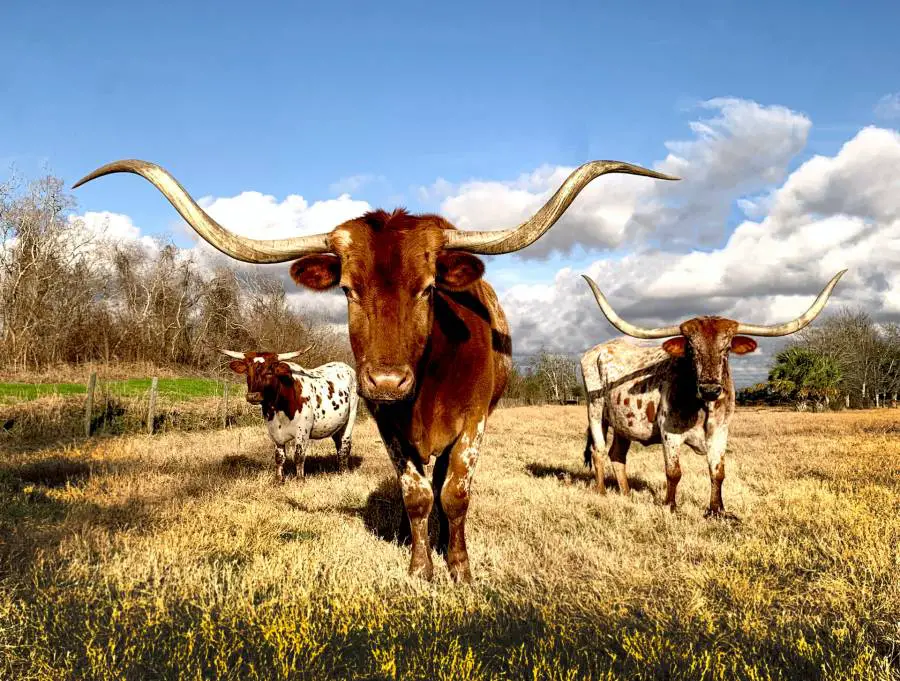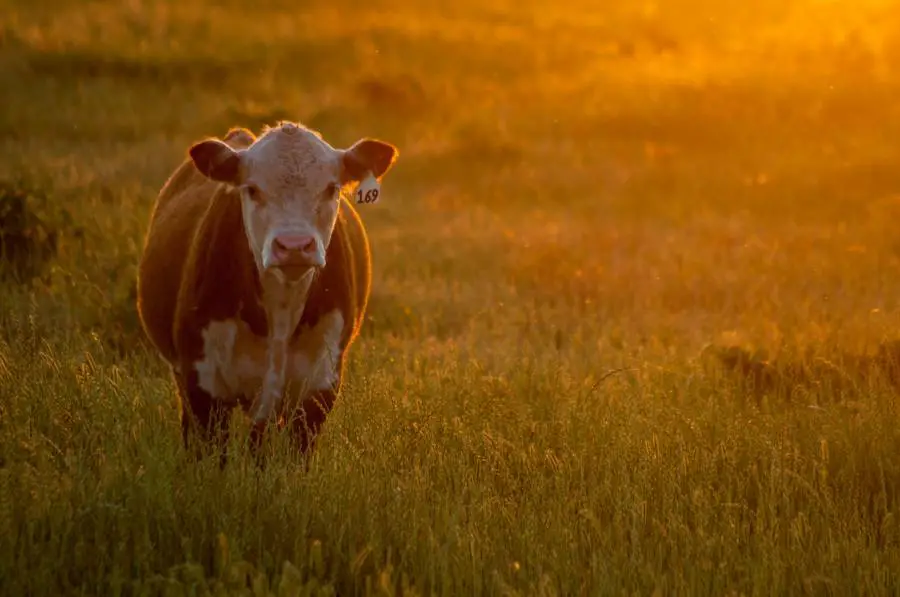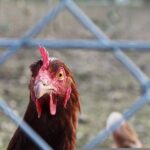Table of Contents
Today’s world has evolved, so technology has contributed significantly to livestock production.
It has led to a decrease in animal activities through cattle fattening initiatives. Fattening cattle is mainly done to improve the quality and quantity of meat produced.
Therefore, farmers have simultaneously embraced this business as an engine of economic vitality.
As a result, this cattle business has profited many farmers by making money since they strive to fatten a steer for slaughter to produce meat.

Technological equipment and tools have resulted in more manageable and more comfortable animal husbandry operations.
Human applications have played a vital role in enhancing quality and profitability.
Selecting The Animal
It’s essential to go after cattle weighing 450 to 650 pounds when farmers have to fatten a steer for slaughter.
A lighter animal requires one to give it more time to feed and raise it for slaughtering purposes. A well-built steer requires a high cost to purchase.
One will have the opportunity to take advantage of all pastures available since it helps grow your beef economically.
Steers have a higher growth weight than heifers. It is essential to avoid considering calves with deep and shallow bodies and those short.
When a farmer chooses to fatten a steer for slaughter, it can result in a lower percentage of produce for meat calves.
It may also take too much time to grow into some heavyweight before fattening. A farmer should note that it is essential to fatten a steer for slaughter during springtime.
It enables them to use the available pastures and ranches since it is an ideal period to purchase one.
Some Factors To Avoid When Choosing A Steer
Farmers have to be careful when they want to fatten a steer for slaughter during the picking process.
They need to avoid getting cattle with slow movements or rough hair that tend to be dull.
Other signs like a drooping head, watery eyes, and nasal discharge will likely suggest that the animal is unhealthy.
Picking a sick animal will be challenging since the steer will require so much treatment and checkups.
Additionally, it may be a poor feeder due to its health conditions.
A healthy steer will always be alert; they will have good feeding abilities and smooth glossy hair hence easy to maintain.
Feeding
The steer’s ability to fatten depends on what you feed it. For instance, daily gains can range from 2.5 to 3.5 pounds, depending on the cattle’s size and season.
Steers with lots of grains in their diet gain more pounds, and those with grass will earn an average of 0.75 to 1.5 pounds.
Farmers believe that fattening a steer for slaughter requires them to be offered good pasture supplemented with grains.
In return, they should have the ability to gain 1.5 to 2.5 pounds per day.
Feeding to fatten a steer for slaughter has to be effective within 90 to 200 days, depending on the purchase and its weight.
A steer is ready to be slaughtered when it weighs between nine hundred to one thousand pounds.
Steers that weigh different end up caring more fat; they are exceptional if they are from a well-built breed.
The fastest way to produce grains is one having at least one and a half-acre where pasture is available for grazing beef animals.
It is an alternative where one does not have to feed them on high energy ratios.
One should possess a minimum of one-half acre of land with irrigated pasture, which may depend entirely on rainfall.
As a result, there will be good grazing when the forage is green since it will be valuable for the steer during this period.
It is ideal when the diet is supplemented to fatten a steer for slaughter. It is likely to enhance the weight-gaining process.
There will be seven months of good grazing when the pasture receives irrigation.
Therefore, it’s essential to ensure that irrigation occurs without incurring high costs if there is enough water.
Additional feeding of a high-energy ration is required before the slaughtering period to increase the meat quality.
The meat of a steer raised on grass without hay or grain has a different flavor, and the fat is often yellow. However, this factor does not affect quality in any way.

Feed Requirements
A steer’s daily diet must provide adequate energy and protein for body upkeep, development, and weight gain to grow efficiently.
Once farmers decide to fatten a steer for slaughter, they have to give it a well-balanced ration. During this process, the only supplement required is salt.
It can be provided in a salt block in the pasture or salt in a pan or trough.
The percentage should include concentrate and roughage when feeding a calf with no field.
A calf’s daily feed consumption ranges from 2.5 to 3% of its body weight.
About 70 to 80 percent of the steer’s meal should be a concentrate mix and a good quality roughage for optimal performance.
A 600-pound calf will consume between 15 and 18 pounds of feed every day.
It should have at least 11 pounds of concentrate mix and four pounds of hay for maximum dry lot gains.
Concentrate mix reduces by 50 to 70% on the good pasture, but greater concentrates yield faster increases.
Feed Mixes Used
Standard mixes used during the feeding process are barley, milo, corn, and wheat. However, one can substitute other ingredients depending on their availability.
In any form combination, it is possible to use these grains alone. They can be consumed by being grounded, cracked, and rolled for easy digestibility.
One can replace another equal amount of grains or other feeds without dried molasses beet pulp.
On the other hand, meals offered to fatten a steer for slaughter are added in bits. Gradually, one can increase the amount after a couple of days.
Whenever a steer for slaughter has access to concentrate mixtures, they can become sick.
To fatten a steer for slaughter requires monitoring to help a farmer notice when it stops eating. Doing this will help to cut back the concentration.
However, overeating will make them sick since they might have access to concentrate mixtures.
Necessary Interventions
A farmer can fatten a steer for slaughter once they know a few primary interventions to stimulate this process.
One must ensure they provide the feeds at regular intervals twice a day since it is not advisable to change the timing.
Feeds given should be constant, and if any changes occur, they should not be rapid. A farmer needs to mix the feed once a change occurs gradually.
It will be effective by mixing the grain or hay with the news feed and gradually increasing the amount until the changeover is complete.
Water and salt should be available at all times, and the feeding troughs have to be clean.
The quality and quantity of grass available should always depend on the feeding programs. Ideally, it helps prevent lacking enough feed for the sheer need to occur.
The length of time one requires to fatten a steer for slaughter, and the preferred meat type depends on the kind of feed given to the steer.
Conclusion
Steers have a faster growth rate once they are well fed and ideally taken care of.
Farmers have to note that to fatten a steer for slaughter requires one to do proper handling.
It entails keeping track of its growth rate and ensuring safety during the transporting process.
Overfeeding the steer or overloading them should be avoided to prevent deaths and serious injuries.








